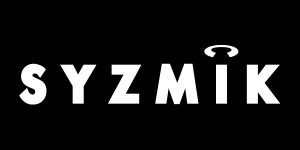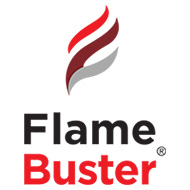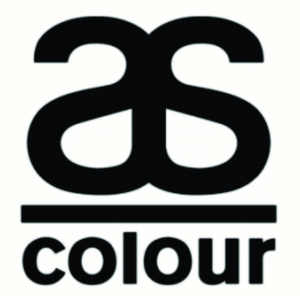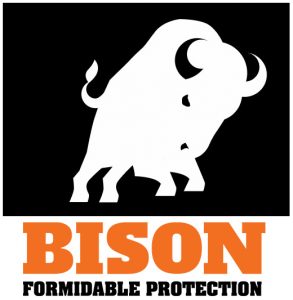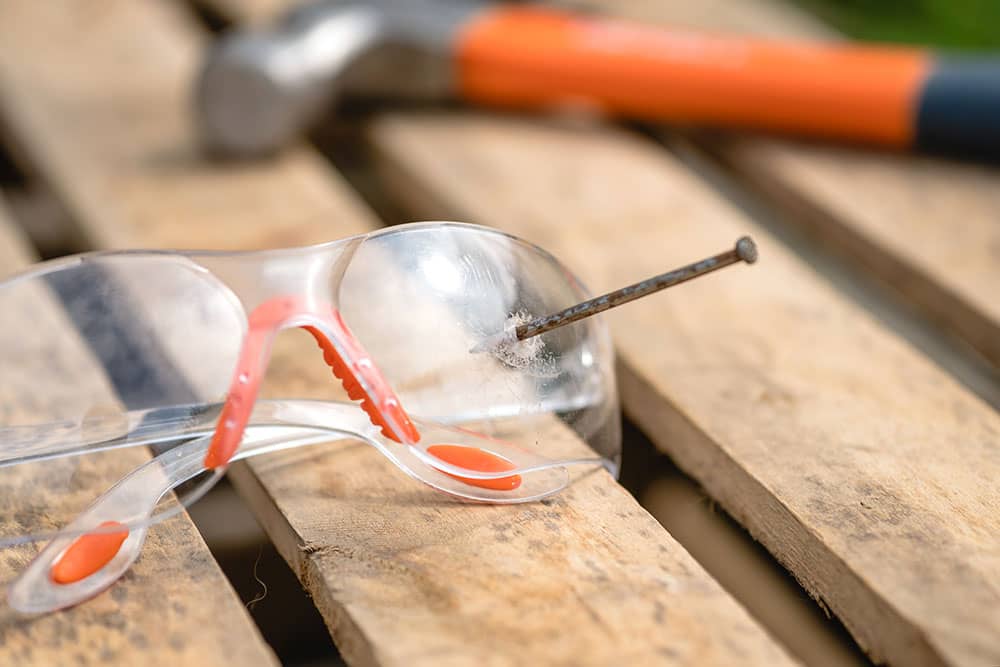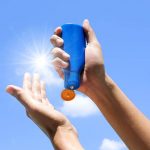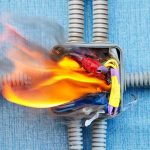Eye hazards exist everywhere but most especially in the workplace. Some jobs, however, are exposed to bigger threats. These risks can have an impact on the employees physically and even biologically. Most of the eye and face injuries take place in the manufacturing and construction industries, which include:
- Plumbers
- Mechanics
- Carpenters
- Repairers
- Assemblers
- Sanders
- Construction workers
Those eye injuries occur due to flying, falling, or swinging objects. Others happen when the worker comes in direct contact with chemicals.
But employees are not the only ones who are exposed to eye hazards. The danger looms even when you are at home. For example, if you are handling power tools, dealing with yard work, or using cleaning chemicals, you could hurt your eyes.
The good news is that you do not have to worry about losing your eyes when working. All you need to do is wear safety glasses.
How Do Safety Glasses Protect the Eyes?
We all know safety glasses are considered protective equipment. You should wear them on a daily basis, or at least when exposed to eye hazards. In doing so, you could save hundreds and thousands of dollars in medication or eye operation procedures.
Now, the question is: how do these safety glasses work?
Safety glasses are not your average glasses. They come in various types, styles, and uses, so you choose the protective glasses to wear based on your purpose. Do you need to protect your eyes for work or for playing sports? Will you cut wood or do certain recreational activities?
Not all safety glasses are made from high-strength and resistant material, such as polycarbonate. It is why they are often thought to be the same as regular glasses. However, safety glasses offer more protection than standard ones made of ordinary plastic and glass.
Usually, safety glasses come with safety features, such as eye seals, headbands, nose guards, and side guards. These additional parts of the eyewear provide extra protection to ensure hazards do not come near the eyes. For instance, some glasses, such as the Bolle Tryon OTG (TRYOTGPSI), have brow guards and side protection to prevent particles from coming in contact with the eyes.
Types of Safety Glasses
There are different types of safety glasses. Every wearer should know that selecting the proper eyewear is significant to truly benefit from this PPE. The types that you can choose from are:
1. Non-Prescription and Prescription
Non-prescription lenses are those called “plano,” which means they are ideal for those who do not have vision problems. But not everyone has perfect 20/20 vision. Thankfully, workers with myopia, hyperopia, and astigmatism found the solution they need with prescription safety glasses. Some glasses are big enough to be worn over the regular corrective eyewear. Others already have bifocals moulded into them, such as the Eyres Readers Safety Glasses, which come in five different magnification strengths.
2. Goggles
Goggles offer protection to the wearer from impact, chemical splashes, and dust. They are made from durable materials to resist most hazards. The main difference between goggles and other types of safety glasses is that they are bigger. They can shield the entire eye area to protect it from dangers coming from various directions.
3. Special Protection
Other types of safety glasses include those that are connected to other gear, such as helmets and face shields. Some can have special filters to help protect the eyes from radiation and other risks.
How to Pick the Right Safety Glasses for You
It’s important to understand that safety glasses are not created equal. The wrong eyewear can lead to many problems, including eye strain, poor vision, and non-compliance with Australian regulations. Both employees and employers should bear these things in mind. When picking the safety glasses for work or outdoor use, the following must be considered:
- Choose the pair that meets relevant Australian standards. Safe Work Australia requires all employers to ensure their workers wear safety glasses. They are not only useful in protecting the eyes when at work but also for protecting against COVID-19 risks. The disease can be acquired through droplets from an infected person’s touch. These droplets can easily enter the eyes when there is no physical barrier, such as safety glasses or goggles.The AS/NZS 1337 sets certain requirements concerning safety glasses, including the precise frame measurements, which depend on the type of eyewear. For example, low-impact glasses should measure about 42mm wide x 32mm high with a 64mm pupil distance.
- Select the most appropriate lens tint for you. When shopping for safety glasses, the wearer should consider the lens tint, which is the most suitable for their job. Some of the common tint types are:
- Clear: Also called the “translucent” lens, this tint type is ideal for those who work indoors. Bolle, Eyres, and Pro Choice all have clear glasses that provide a clear, comfortable view in low-glare work environments.
- Smoked: Smoked or grey lenses are fit for those who work under the sun. Because of the direct exposure to sunlight, these smoked safety glasses can help protect the eyes against the natural glare. Plus, they make it easier to recognise colour even under harsh lighting.
- Amber: Ambler lenses are best for those who work in low-light conditions. They are useful in minimising screen glare, making them an excellent choice for those who work in front of their laptop for hours. The blue light from the screen can be damaging to the eyes. However, amber lenses can block that harmful light, which also reduces the strain on the eyes. Another benefit is that amber lenses are known to lift the mood of the wearer and help with sleep, as well.
- Blue: Blue lenses are great for those who are continually exposed to high concentrations of yellow lighting and sodium vapour. They are suited for those who work in food and semiconductor industries.
- Mirrored: Mirrored lenses have a reflective optical coating, which can either be flash or mirror coating. It is on the glass exterior, which makes the eyewear look smaller. But the main reason for the coated lenses is to reduce the amount of light that passes through the lenses. For this reason, these safety glasses, such as the Bolle Hustler, are great for use in conditions of sand, snow, and water.
- Brown: Safety glasses with brown lenses, such as the Bolle Voodoo brown glasses, are used by outdoor workers. The medium tint protects them from glare while still giving colour and contrast recognition.
- Transitional: When the lens is said to be transitional, the colour depends on the light conditions. It can turn from clear to smoky, giving the advantage of flexibility when moving locations.
- Polarised: Many workers require polarised glasses, which is why Workers Shop offers a comprehensive list of safety glasses options available for you to browse through. These lenses are mainly for reducing sunlight glare, as well as snow and water. Without polarised lenses, glare can distort vision, which leads to the wearer having a hard time determining the colours and objects they are looking at. When you wear polarised lenses, you can enjoy clarity and accuracy when looking at things.
The lens tint should be chosen based on the type of work you do, where it is (indoor, outdoor, or both), and the weather conditions.
- Make sure it is the correct fit. Safety glasses differ in sizes and style. Some have side shields while others can protect the whole face (such as face shields). The fit is essential so that you do not have to keep adjusting the eyewear when performing your task.
- Select the right lens coating. The coating will depend on the impact you are exposed to. Note that the price increases as the material used becomes more durable. Lens coat increases the resilience of the safety glasses, so look for the one that works for you and your budget. Some coating options include:
- Anti-scratch
- Anti-fog
- Combination of anti-fog and anti-scratch
If you often deal with small, flying particles, the anti-scratch coating is suitable for you. Anti-fog coat, meanwhile, is best for those whose workplaces vary in temperatures and humidity.
No matter what safety glasses you use, you should keep them clean at all times. Fogging is a common issue, especially if you have been exposed to heat or lack of airflow. Purchase lens wipes, which are easy to use. Just rub it on the lenses to remove dust or fog.








